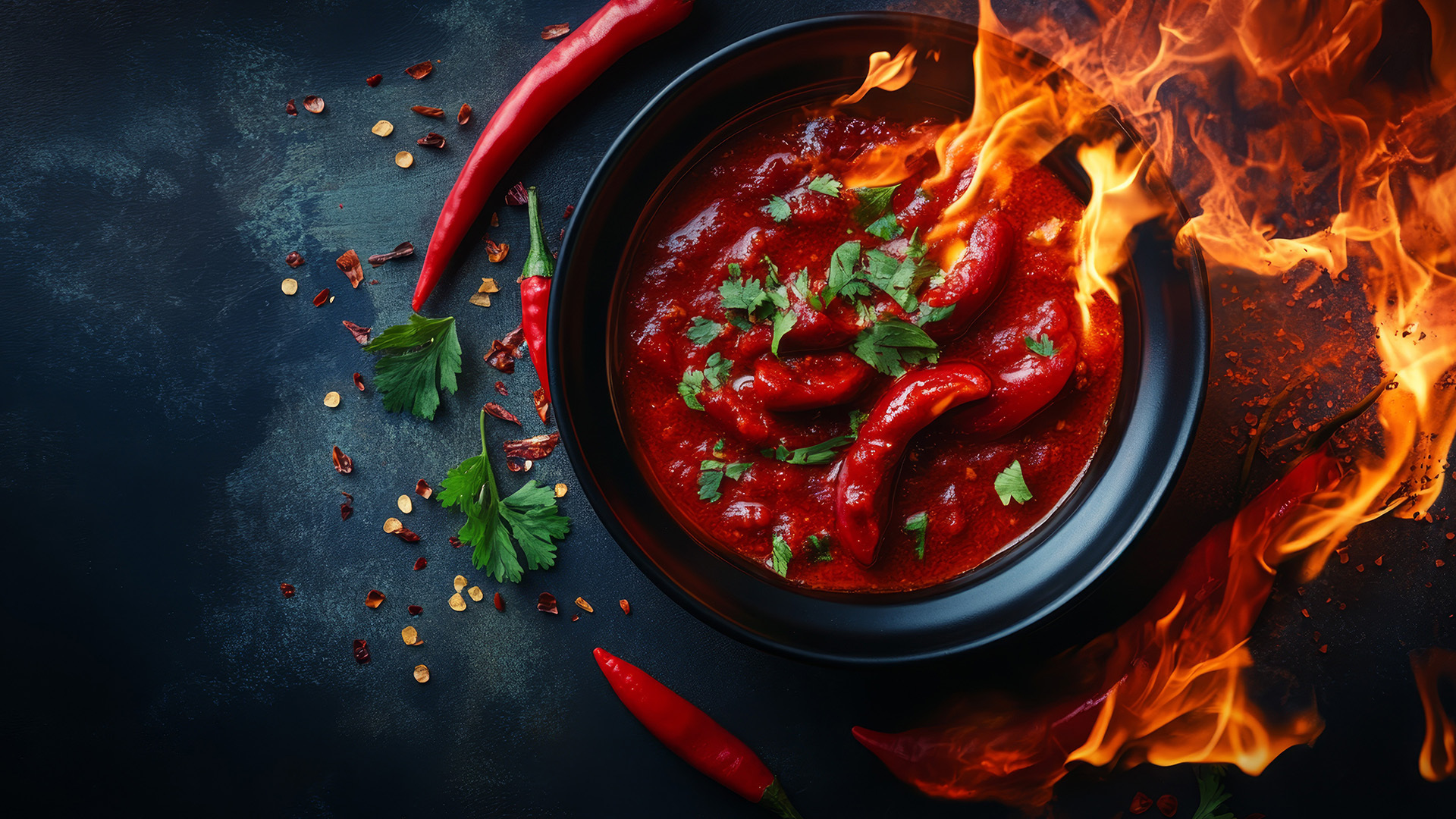Spice is no longer a sidekick; it’s centre stage, especially in the context of spicy food in QSR. Across the UK and Ireland, QSR brands are embracing bold, fiery flavours to attract younger, thrill-seeking diners and create menu moments that turn heads and heat up timelines. In 2025, launching a spicy item is not just a flavour decision, it is a marketing strategy.
🔥 The Heat Trend: Why It’s Booming
Consumers, especially Gen Z and Millennials, are gravitating towards global-inspired, spice-forward meals. From smoky chipotle to fiery buffalo to chilli honey drizzles, spice offers the one-two punch of flavour excitement and social buzz potential, making spicy food in QSR very appealing.
A few reasons this trend is thriving in the UK and Ireland:
Built-in promotional hooks
Spicy menu items are ideal for timed promotions, limited-edition releases, and loyalty tie-ins in the QSR sector. Whether it’s a “Hot Week” campaign, app-exclusive spice drops, or bundle deals that dare customers to try hotter versions, these offers encourage repeat visits and social sharing.
Global influence meets local taste
Dishes inspired by Korean, Mexican, and Middle Eastern cuisine are making their way into everything from chicken shops to pizza menus.
High-impact, low-lift
Spice can be added with minimal operational change through sauces, coatings, or toppings while still delivering maximum customer impact.
🍯 Local Example: Romayo’s Hot Honey Pizza
One standout Irish example is Romayo’s Hot Honey Pizza. This clever twist on a takeaway favourite combines traditional pizza toppings with a sweet but spicy chilli honey drizzle. The result is a flavour profile that feels elevated yet accessible, exciting without being intimidating.
Why it works:
It’s spicy enough to be exciting but not so hot that it alienates the average customer. This makes it broadly shareable both in the restaurant and online, showcasing spicy food in QSR effectively.
Sweet-heat fusion is a growing global flavour trend, and Romayo’s has localised it perfectly for Irish tastes.
It adds visual appeal. Glossy chilli honey makes for irresistible food content and delivers a new mouthfeel experience without changing the core menu.

📱 Spice Sells (Especially Online)
Spicy launches are content machines. Whether it’s a flaming hot wing challenge, a “how spicy can you handle it?” poll, or just a photogenic drizzle of hot sauce, these items are designed to be shared:
UGC Magnet
Customers love filming their first bites of new spicy items. Brands can encourage this with hashtags, fun packaging, or in-store prompts to post.
Viral Potential
Dishes that make people sweat, react, or challenge their friends tend to perform extremely well on TikTok, Instagram, and even LinkedIn.
Engagement Drivers
Spice gives brands an excuse to ask questions like “Mild or Wild?”, run giveaways, or create heat-themed loyalty rewards.
🧠 Takeaway for Operators
Spicy menu innovation is low risk and high reward. This is particularly true for spicy food in QSR, especially in the UK and Ireland where flavour expectations are rising fast. Whether it’s a spicy sauce swap, a heat-level challenge, or something bold like Romayo’s Hot Honey Pizza, these items deliver on both taste and marketing impact.
If you’re looking to boost orders and engagement, it’s time to bring the heat and explore the potential of spicy food in QSR.




